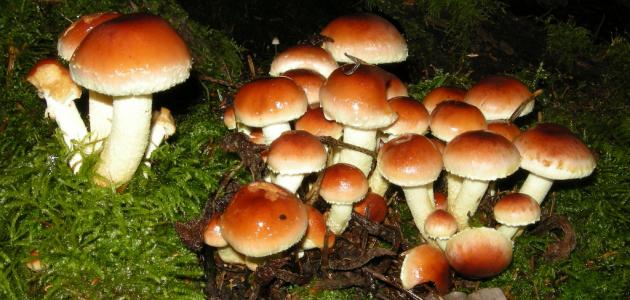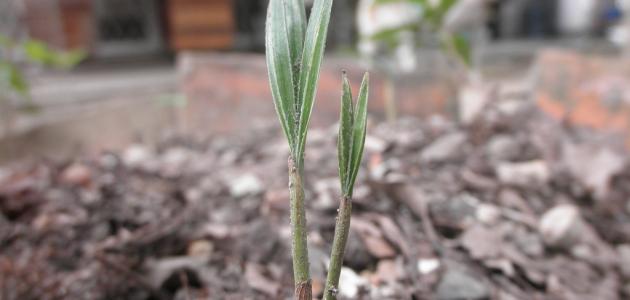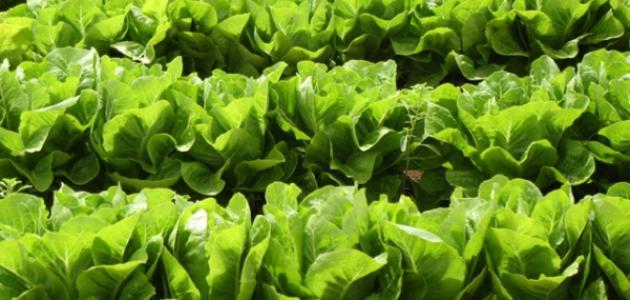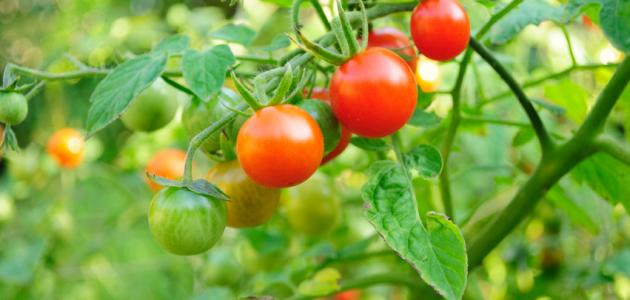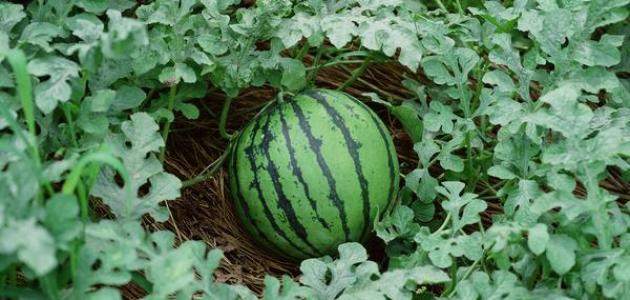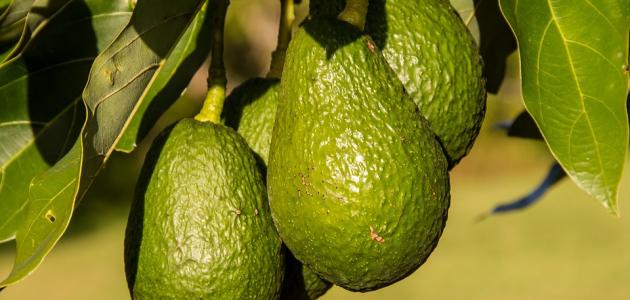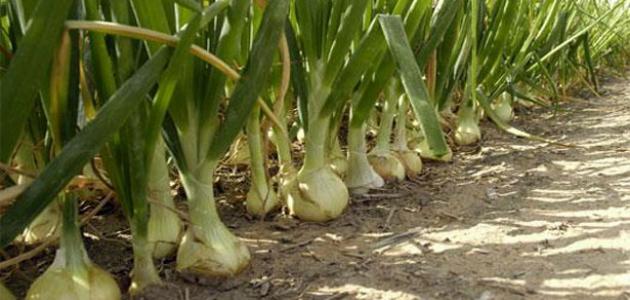Mushrooms
The history of mushrooms dates back to ancient times. The Chinese are considered the first to cultivate mushrooms, as they used them as medicine and food. Mushrooms belong to the kingdom of fungi (in English: Mycota), and their order is Agaricales (in English: Agaricales), and they possess chitin, which gives rigidity to the skeletons of insects, and they do not get any damage. Its food is through the process of photosynthesis. This is because it lacks chlorophyll, which makes it different from other plants. Its body consists of a cap that carries small spores instead of seeds in plants. It has a stem that carries the cap, and a gametophyte that grows in the soil, or in the body of a host from which it obtains food. In our current time, there are more Of the 70 species of fungi, 2000 of them are considered edible, while the toxic species do not exceed 10%, of which 30 species are deadly. Mushrooms are used as a source of food, and in the manufacture of drugs and antibiotics, and some of them are also used as insecticides.
How to grow mushrooms
It is possible to grow mushrooms by following a group of methods, one of which is chosen according to the cost and the space available for cultivation. The environment, which is the main soil for mushroom growth, is prepared before each method, as this environment is made up of wheat straw, barley, or any plant residue. Add 5% of wheat germ and 5% of agricultural gypsum, then pack it in burlap bags, close it well, then soak it in water for 3 hours, then heat it until boiling for one to two hours. This is to get rid of microbes and insects, and the bags are then left for (6-24) hours. To cool and filter excess water from it; Then it becomes ready for planting.
Read also:How to grow tomatoesPlastic bags
The method of planting with plastic bags is considered the easiest and least expensive. It requires several weeks, so that 4-5 harvests are obtained in one cycle. This method is applied as follows:
- Place the environment prepared for planting in black or transparent bags in a layer 10 cm thick.
- Spraying the layer of seeds, which are grains of wheat or corn that contain mycelium [[How to use Indian mushrooms]
|Mushroom]].
- Place another layer of environment prepared for agriculture, 10 cm thick, and sprinkle it with seeds.
- Continue the layering process until the bag is full, so that the last layer of the environment is 5 cm thick.
- Place the bags on a wooden floor, and close them well.
- Leave the bags for 10-15 days, taking into account that there is no lighting in the place, until white growths appear, then the bag is opened from the top, and left for a week.
- Incisions are made in the sides of the bag; Until some growth comes out of it.
Plastic mesh bags
Usually, in the plastic net bag method, a bag of 5 kg is used from the environment, so that the net bag is placed inside a polyethylene bag, and it is packed using the method of the previous layers used in agriculture with plastic bags. After 10-15 days have passed, the net bag is taken out of the polyethylene bag and hung. For several more weeks until we get 4-5 harvests in one session.
Read also:How do I plant a mulberry tree?Cylinders
The method of planting in cylinders is characterized by its low cost and does not require a large area. Additionally, 4-5 harvests are obtained after several weeks. To plant in cylinders, the following steps are followed:
- Prepare a cylinder 1.5 m long and 30 cm in diameter, with a plastic cover.
- Prepare the environment and seed mixture on clean and disinfected linoleum.
- Filling the cylinders with the mixture, which must be shaken constantly during cultivation; To avoid air gaps.
- Tie the plastic cover tightly, and arrange the cylinders next to each other at a distance of 50 cm.
- Fixing the cylinders vertically to the wall, using wires and pipes.
- Remove them from the plastic covers, and hang the cylinders, after 10-15 days.
Plastic boxes
The plastic box method produces 2-3 harvests, and it takes several weeks until we get the harvest. The steps of this method are easy, as the plastic boxes - of any available size - are placed in a black polyethylene bag, then they are packed in layers, and closed well. After 10-15 days, the boxes are taken out of the polyethylene bags and placed on shelves until the mushrooms grow.
Suitable environment for growing mushrooms
Appropriate factors must be provided; To ensure obtaining healthy mushroom plants in large quantities, the most important factors that must be taken into account in the mushroom agricultural environment are the following:
Read also:How to grow tomatoes from seeds- Temperatures: Low temperature leads to a prolongation of the growth period of the mycelium and delays the growth of the fruiting bodies, while high temperature leads to elongation of the stem and deformation of the mushroom with the appearance of dry spots on the mushroom head. The appropriate temperatures also vary depending on the stage of mushroom growth and the type of mushroom, and the following is an example. On the appropriate air temperature during the stages of white mushroom production:
- Cultivation stage: The ideal temperatures in this stage are 20-23 degrees Celsius, not exceeding 30, and not less than 15.
- Covering stage: The ideal temperatures in this stage are 17-20 degrees Celsius, not exceeding 21, and not less than 13.
- Harvesting stage: The ideal temperatures in this stage are 15-17 degrees Celsius, not exceeding 22, and not less than 11.
- Relative humidity: Mushroom plants need high humidity, ranging from 60-90%. And so it grows.
- Ventilation: The fungus is affected by high temperature. Therefore, it must be provided with good ventilation, especially after the second week of cultivation, as mushrooms are affected by high levels of carbon dioxide. Therefore, it is necessary to use ventilation hoods.
- lighting: Light is not suitable for mushrooms, especially at the beginning of their growth, as they must be well shaded, and light should be prevented from reaching them. This is because light activates the growth of spores, but in the fruiting stage, mushrooms need dim lighting.
Diseases affecting mushroom plants
The mushroom plant is affected by some diseases that must be paid attention to during the plant’s growth. Until it is treated and its spread is controlled, these diseases include:
- Diseases caused by animals: Some animals that enter the incubation rooms may spoil the mushrooms, and the most important of these animals are rats that attack the incubation bags. To obtain wheat in which the fungus grows, causing holes in the bags; Which causes the humus to dry out, or emptying the bags of humus, and it is combated by setting traps or poison for rats. This is to limit its spread, as the snail may attack the mushroom sacs and feed on it, and to get rid of it, it must be removed manually and prevented from entering the room.
- Fungal diseases: Mushrooms are exposed to some types of fungi, such as Trichoderma fungi, which attack the spores, compete for nutritional materials, and cause the planted seeds to disappear if the bags are contaminated with them. Snow-white spores appear, with a putrid odor, which later turn olive in color. In addition, they may cause an undesirable disease. can be treated; Therefore, it is necessary to pay attention to cleanliness in the planting area. So that the fungus does not become infected with it.
- Bacterial diseases: Pseudomonas Tulasi bacteria attack the mushroom, causing orange spots to appear on the upper side of the mushroom, causing it to taste bad. These bacteria appear; Due to high temperature, humidity, and low ventilation, however, it can be treated by increasing ventilation and removing the affected fungi.
